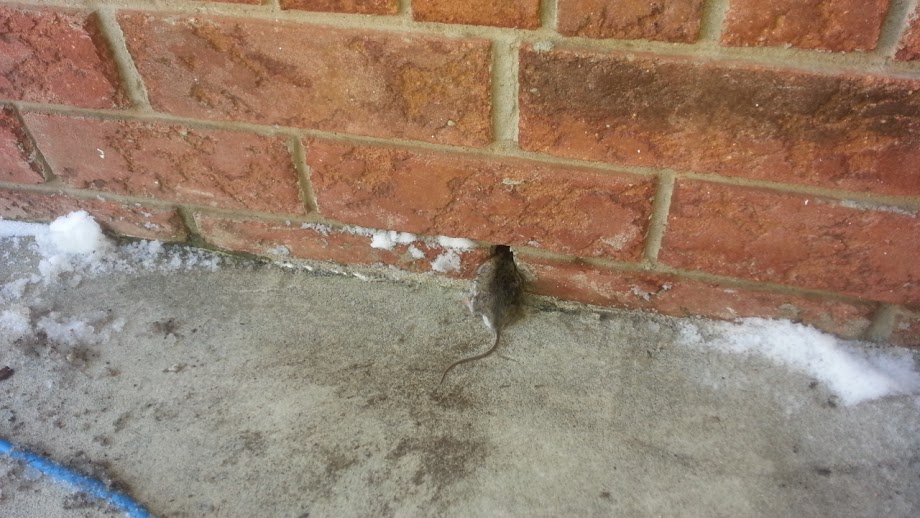What is your first response if you see a mouse in your home? Do you contact mice control in Kitchener, or do you lean on poisons, traps, or other DIY “solutions?” While you might believe DIY options are more affordable than hiring a service, they can cost you more in the long run. Many DIY and over-the-counter options are ineffective.
Ineffective Removal Methods
Traps and other mice removal and elimination methods are tempting because they offer readily available options. You can go to any big-box store and find an aisle or section dedicated to rodent elimination and removal. However, many homeowners think they understand mice because of cartoons or other television shows. The five most common DIY and store-bought options are ineffective.
1. Cheese
While mice will eat almost anything, they prefer foods higher in carbohydrates. Cheese contains few carbohydrates, making the food ineffective as bait. Rice, peanut butter, or chocolate are typically better choices, but even those foods will not succeed. Mice are more intelligent than people give them credit for, and many will simply avoid traps altogether.
2. Over-the-Counter Traps
People typically purchase OTC traps when they spot a mouse in their home. Many homeowners do not realize that by the time you spot a single mouse, you likely have an infestation. A single trap will not be effective against a population.
Additionally, snap traps and glue traps are incredibly inhumane. Despite efficacy claims, snap traps rarely kill mice. They might maim or severely injure a mouse, resulting in agonizing death. Similarly, glue traps do not immediately kill; instead, they hold the animal against caustic glue, causing severe burns and potential chemical suffocation. Because glue traps do not kill and merely hold the animal, the mouse will suffer, either starving or being eaten alive by predators.
3. High-Pitched Noise Machines
There are many claims that mice do not like high-pitched noises, which might be true in some instances. However, when using noise machines continuously, mice will either adapt or simply avoid the area of the device. Most likely, when mice find shelter, food, and warmth, they will deal with the noise and eventually get used to it.
4. Peppermint
Despite the many claims, peppermint does not drive mice away. There is no evidence to prove its effectiveness as a deterrent. In fact, many people have used peppermint as bait to prove that mice will not flee from the scent.
5. Poison
While poison can kill a portion of the mouse population in a house, it will not kill all. Additionally, many mice have adapted an immunity or tolerance for many store-bought poisons. Also, using poison puts other animals and wildlife at risk, including your pets; It is best to avoid using it.
Efficacy of DIY Solutions
The majority of DIY options are not adequate when attempting to rid your property of an infestation. While you might believe you only have one mouse in your house because that is all you have seen, you are likely mistaken. Mice are excellent hiders. Most people rarely realize how large an infestation is. Solutions that only focus on one mouse at a time will not resolve your problem. The only viable and practical option is to hire a wildlife control service.
Efficiency and Efficacy of Professional Wildlife Control Services
Professional wildlife control services have the correct tools and knowledge to rid your home of a mouse infestation. Additionally, many of these services offer humane options, allowing the wildlife to exit a property without harm.
Do you suspect you have mice in your house? Contact Skedaddle Humane Wildlife Control to schedule a property assessment. The service will send an expert technician to inspect your property and provide service options.



